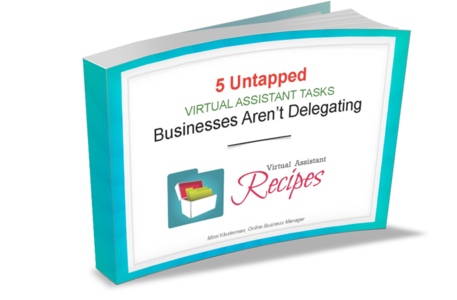There are ways you can do to get your product out there. There are many different formats for information products and learning materials. Each option offers different benefits. Of course, there are often drawbacks to consider as well. Understanding your options can help you make the best choice for your audience and the product that you’re offering.
Put Product on Video
Video is an exceptional tool for many types of information or learning products. It allows you to create a more personal connection with your customers. It also allows you to provide visual learners with content. For example, in addition to telling readers how to organize their closet, you can create a video that shows them how to work through the closet organization process.
However, video can also be a bit more time consuming to create than print content. You have to worry about things like sound and lighting. On the plus side, you can host video on sites like Vimeo and YouTube. You can make them private or public, and they’re readily searchable. Many people prefer to get their content through videos. Learn more about your audience to decide if this is the best option for them.
Put Product on Text or Print Content
Print materials are the most often used. Digital marketing has become simple and mainstream. Anyone can create and publish a book on Amazon’s Kindle Services. You can create books, workbooks, reports and simple downloads like checklists to deliver to your audience. The benefit of print content is that it’s usually relatively quick to create.
However, it often requires a team of people to create a quality print product. Even if you create the product yourself, you may want an editor to review it. You also need a graphic designer to format your book and to create digital covers. In many cases a skilled virtual assistant can handle all of these steps for you.
Put Product on Audio
Finally, there is the option to use audio to deliver your product. Audio is most popular when you are sharing a recording of a live event or you’re sharing a podcast. A podcast is a short series of audio content. You might deliver a weekly podcast, for example, as your information product.
In many cases people want to have both the audio content and the transcription of the content. This requires you to take an extra step. And audio has a more limited audience than video and text. However, if your audience is inclined to listen to your information on their morning drive, then providing it in audio format may be exactly what they need.
Keep in mind that you don’t have to choose just one format. Your product might include a combination of formats. For example, your product might include a book, a workbook, a video series and a few recorded interviews with experts. Understanding your audience and how they prefer to learn and obtain information will help you make the best decision for your business.

